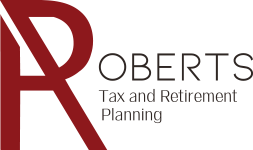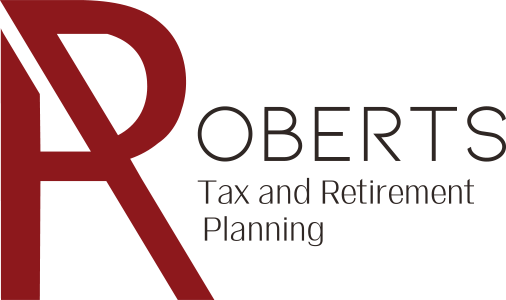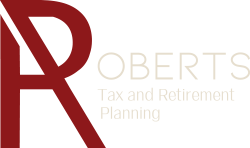The first year of your new business is going to be a stressful time. Not only is everything new and filled with risk, but most of the procedures that you followed as an employed individual are turned on their head when you’re either a contractor or the owner of your own business. This is particularly true when it comes to filing your taxes because a lot of what was previously automated or handled outside of your direct line of sight is now solely your responsibility.
What are some numbers to keep in mind when you’re filing taxes as a self-employed individual?
$400: If your business has net earnings of at least $400, then you are required to file an income tax return. This doesn’t necessarily mean that you will owe any amount in taxes but that your information will need to be filed. Net earnings don’t mean the total amount of money that your company received for providing goods or services; instead, it means what is left of your total revenue after you’ve paid expenses. There are several other conditions under which you might be required to file, but $400 is a baseline to keep in mind.
$5,000: Proprietors of small businesses generally file their annual tax return using a Schedule C document. However, if your business has no more than $5,000 in expenses, you would file with a Schedule C-EZ instead. Regardless of which schedule you use, the net income and loss you calculate on this form will be the number you use when you fill out the Schedule SE for your Medicare and Social Security taxes.
When you first become self-employed, filing your taxes can look even more gnarled and complicated than it already was when you were filing as an employed individual, especially during your first few years. Having a tax expert who knows the ins-and-outs of the various requirements, and the deductions you can take advantage of, can be invaluable, so contact Roberts Tax Advisory here to get your taxes in order now.








